802832
4-(1′,5′-Dihydro-1′-methyl-2′H-[5,6]fullereno-C60-Ih-[1,9-c]pyrrol-2′-yl)benzoic acid
Synonyme(s) :
C60-SAM
Se connecterpour consulter vos tarifs contractuels et ceux de votre entreprise/organisme
About This Item
Formule empirique (notation de Hill):
C70H11NO2
Numéro CAS:
Poids moléculaire :
897.84
Code UNSPSC :
12352103
Nomenclature NACRES :
NA.23
Produits recommandés
Vous recherchez des produits similaires ? Visite Guide de comparaison des produits
Description générale
4-(1′,5′-Dihydro-1′-methyl-2′H-[5,6]fullereno-C60-Ih-[1,9-c]pyrrol-2′-yl)benzoic acid (C60-SAM) is a fullerene based self-assembled monolayer that can be used to functionalize the oxide surface for the formation electron selective layer (ECL). It can act as a good electron donor with a high electron affinity. It enhances the overall efficiency of perovskite solar cells (PSCs) by reducing the hysteresis.
Application
Fullerene-based self-assembled monolayers for use in organic electronic devices such as inverted polymer solar cells and perovskite−polymer hybrid solar cells.
Code de la classe de stockage
11 - Combustible Solids
Classe de danger pour l'eau (WGK)
WGK 3
Point d'éclair (°F)
Not applicable
Point d'éclair (°C)
Not applicable
Faites votre choix parmi les versions les plus récentes :
Certificats d'analyse (COA)
Lot/Batch Number
Vous ne trouvez pas la bonne version ?
Si vous avez besoin d'une version particulière, vous pouvez rechercher un certificat spécifique par le numéro de lot.
Déjà en possession de ce produit ?
Retrouvez la documentation relative aux produits que vous avez récemment achetés dans la Bibliothèque de documents.
Les clients ont également consulté
Analysis of the hysteresis behavior of perovskite solar cells with interfacial fullerene self-assembled monolayers
Valles-Pelarda M, et al.
The Journal of Physical Chemistry Letters, 7(22), 4622-4628 (2016)
Highly Efficient Inverted Organic Solar Cells Through Material and Interfacial Engineering of Indacenodithieno[3: 2-b]thiophene-Based Polymers and Devices
Jeremy JI, et al.
Advances in Functional Materials, 24(10), 1465-1473 (2014)
Interfacial modification to improve inverted polymer solar cells
Hau SK, et al.
Journal of Materials Chemistry, 18(42), 5113-5119 (2008)
Effect of Chemical Modification of Fullerene-Based Self-Assembled Monolayers on the Performance of Inverted Polymer Solar Cells
Hau et al.
ACS Applied Materials & Interfaces, 2(7), 1892-1902 (2010)
Agnese Abrusci et al.
Nano letters, 13(7), 3124-3128 (2013-06-19)
A plethora of solution-processed materials have been developed for solar cell applications. Hybrid solar cells based on light absorbing semiconducting polymers infiltrated into mesoporous TiO2 are an interesting concept, but generating charge at the polymer-metal oxide heterojunction is challenging. Metal-organic
Notre équipe de scientifiques dispose d'une expérience dans tous les secteurs de la recherche, notamment en sciences de la vie, science des matériaux, synthèse chimique, chromatographie, analyse et dans de nombreux autres domaines..
Contacter notre Service technique

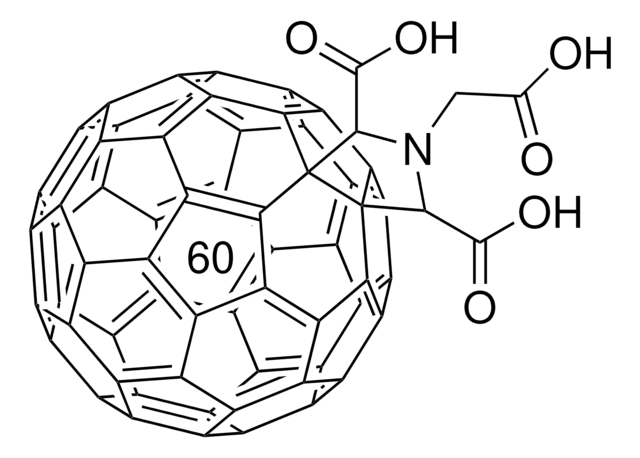
![[6,6]-Phenyl C61 butyric acid methyl ester ≥99%](/deepweb/assets/sigmaaldrich/product/structures/359/221/d990c746-0960-4c69-bf76-fe09b193824d/640/d990c746-0960-4c69-bf76-fe09b193824d.png)
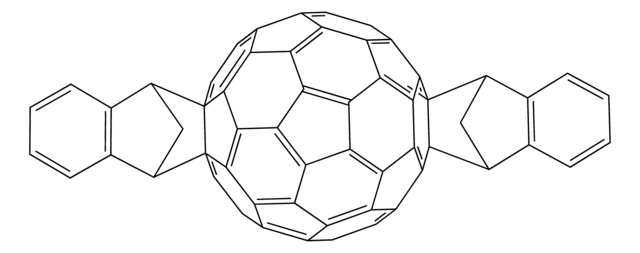

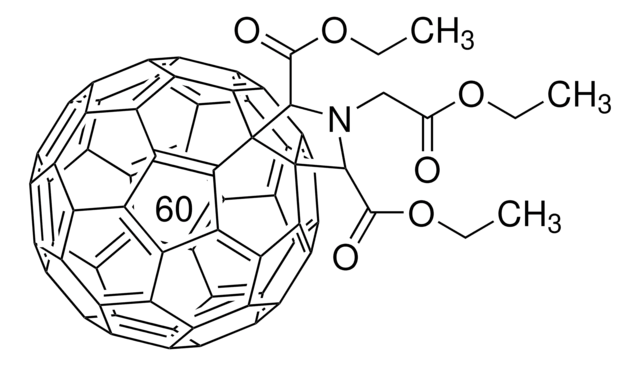
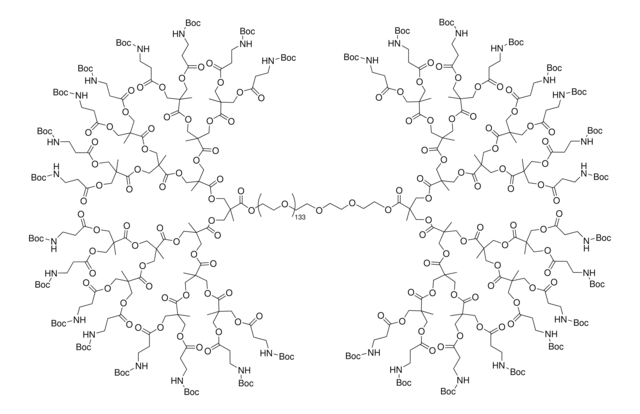
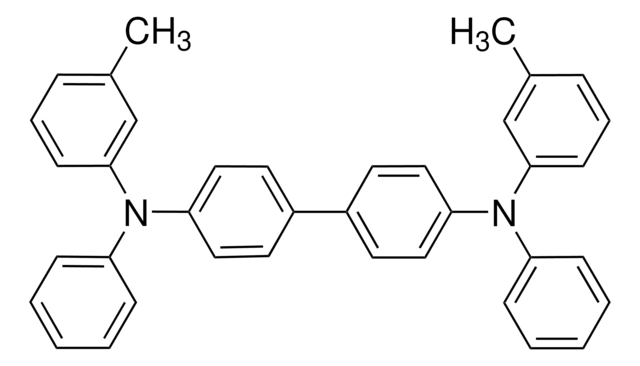
![[6,6]-Phenyl C71 butyric acid methyl ester 99%](/deepweb/assets/sigmaaldrich/product/structures/716/624/9fb9f2f0-ae99-429f-8d3a-b12267976a4d/640/9fb9f2f0-ae99-429f-8d3a-b12267976a4d.png)
